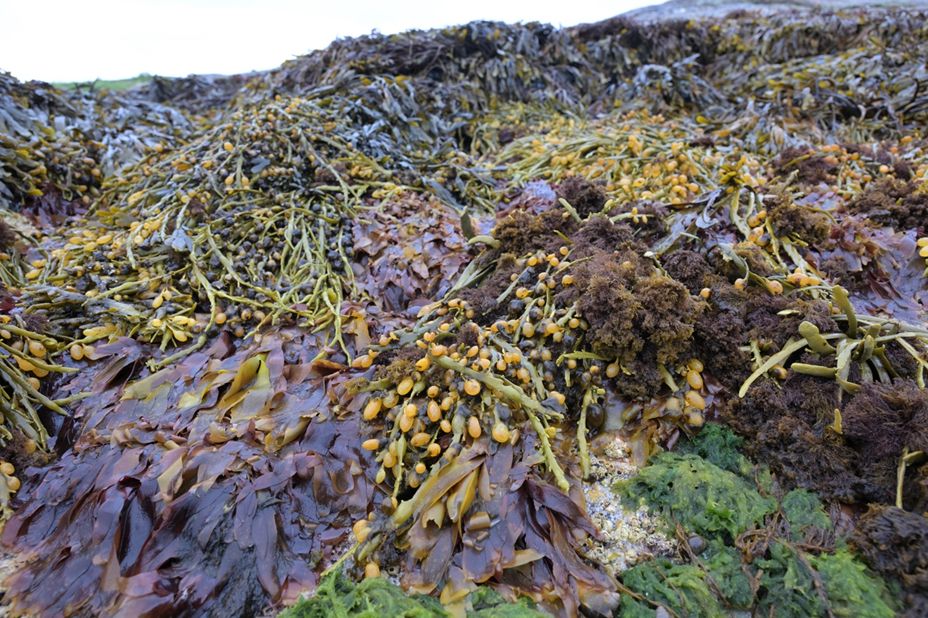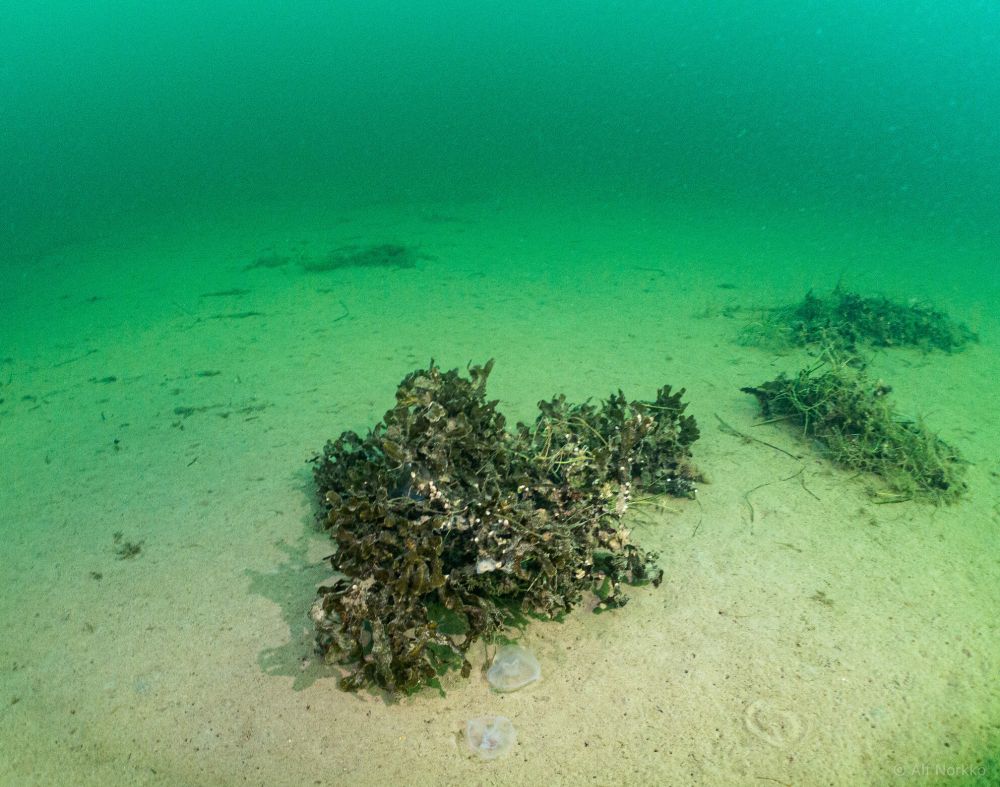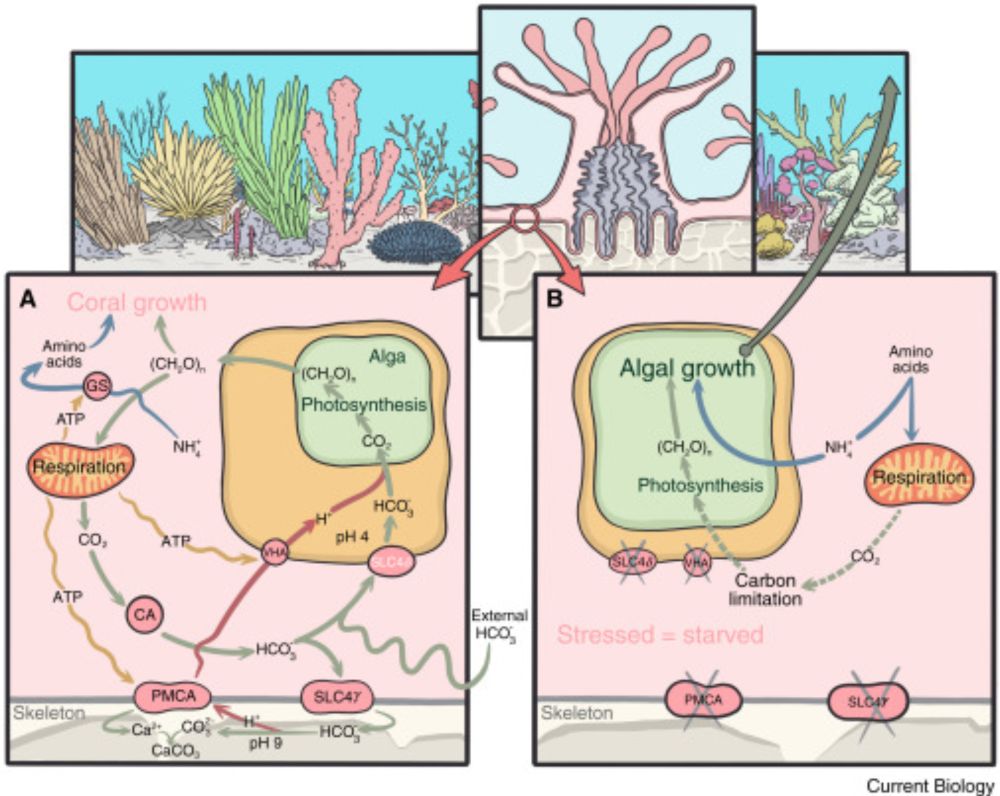Lars Gamfeldt
@gamfeldt.bsky.social
3.2K followers
640 following
120 posts
Marine ecologist, interested in biodiversity change and its functional consequences. Much into algae. Professor at University of Gothenburg, Sweden, and coordinate the project KelpIT (@kelpit.bsky.social).
Avoids flying. Enjoys music, very much!
He/him
Posts
Media
Videos
Starter Packs
Reposted by Lars Gamfeldt
Reposted by Lars Gamfeldt
Reposted by Lars Gamfeldt
Reposted by Lars Gamfeldt
Reposted by Lars Gamfeldt
Lars Gamfeldt
@gamfeldt.bsky.social
· Sep 3

Yellowstone’s free-moving large bison herds provide a glimpse of their past ecosystem function
Although momentum is building to restore bison across North America, most efforts focus on small, managed herds, leaving unclear how large, migrating herds shape landscapes and whether their effects enhance or degrade ecosystems. We assessed carbon and ...
www.science.org
Reposted by Lars Gamfeldt
Lars Gamfeldt
@gamfeldt.bsky.social
· Aug 31

‘The forgotten forest’: how smashing 5.6m urchins saved a California kelp paradise
Pollution, warm oceans and hungry urchins devastated Pacific kelp. Now, thanks to divers with hammers, one of the world’s most successful rehabilitation projects has helped it rebound
www.theguardian.com
Reposted by Lars Gamfeldt
Lars Gamfeldt
@gamfeldt.bsky.social
· Aug 27
Lars Gamfeldt
@gamfeldt.bsky.social
· Aug 27
Lars Gamfeldt
@gamfeldt.bsky.social
· Aug 27
Reposted by Lars Gamfeldt
Reposted by Lars Gamfeldt
Reposted by Lars Gamfeldt
Mazeson
@mazeson.bsky.social
· Aug 19
Läget är allvarligt för Sveriges biologiska mångfald
2025-08-19 PRESSMEDDELANDE Många av de arter och livsmiljöer som finns i Sverige är idag under stor press. Endast omkring 40 procent av arterna och 20 procent av livsmiljötyperna bedöms ha gynnsam bev...
www.naturvardsverket.se
Reposted by Lars Gamfeldt
Reposted by Lars Gamfeldt
Fernando P. Lima
@fplima.bsky.social
· Aug 17

Can Resilient Species Keep Up? Climate Change Threatens Even Tough Seaweeds
Fernando Lima, CIBIO/BIOPOLIS, University of Porto, Portugal, discusses his article: Simulated intertidal heat stress on the brown seaweed Ascophyllum nodosum demonstrates differential population s…
jecologyblog.com
Reposted by Lars Gamfeldt
Reposted by Lars Gamfeldt
KelpIT
@kelpit.bsky.social
· Aug 14
Reposted by Lars Gamfeldt
Lars Gamfeldt
@gamfeldt.bsky.social
· Aug 13
Reposted by Lars Gamfeldt
Alf Norkko
@alfnorkko.bsky.social
· Aug 11

A path towards appropriate degradation experiments for assessing carbon sequestration potential of macroalgae
We systematically reviewed literature on macroalgal degradation. To date, most degradation experiments are carried out in aquaria or shallow environments, span short timescales or rarely incorporate ....
besjournals.onlinelibrary.wiley.com

















